
How to Use MAX30205: Examples, Pinouts, and Specs
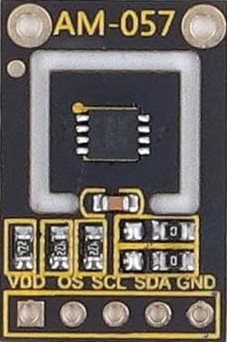
 Design with MAX30205 in Cirkit Designer
Design with MAX30205 in Cirkit DesignerIntroduction
The MAX30205 is a high-accuracy digital temperature sensor designed to measure temperatures in the range of -40°C to +125°C with a resolution of 0.0625°C. It features an I2C interface, enabling seamless integration with microcontroller-based systems. The sensor is optimized for low power consumption, making it ideal for wearable devices, portable electronics, and medical applications such as body temperature monitoring. Its high precision and ease of use make it a popular choice for applications requiring reliable temperature measurements.
Explore Projects Built with MAX30205
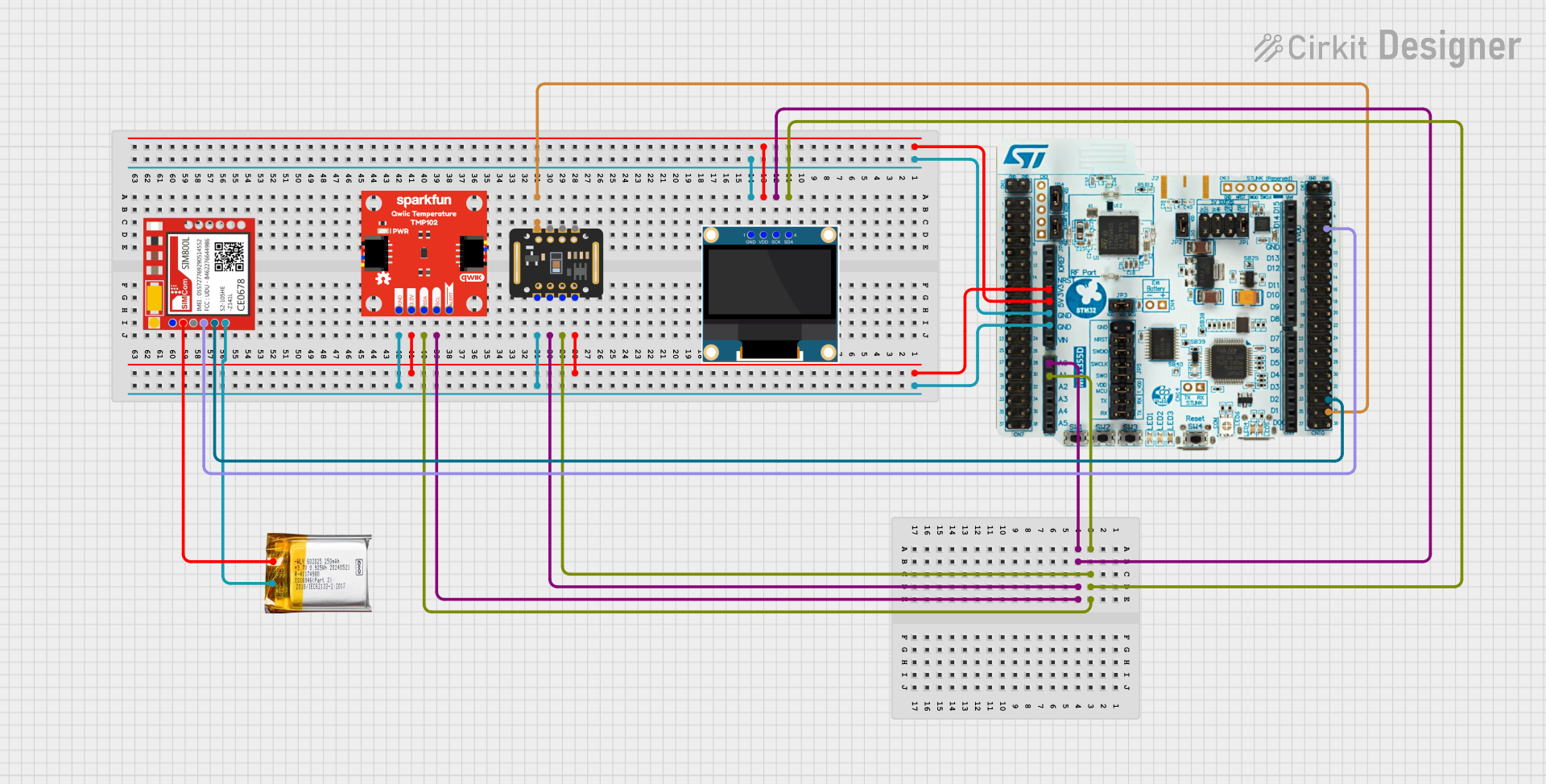
 Open Project in Cirkit Designer
Open Project in Cirkit Designer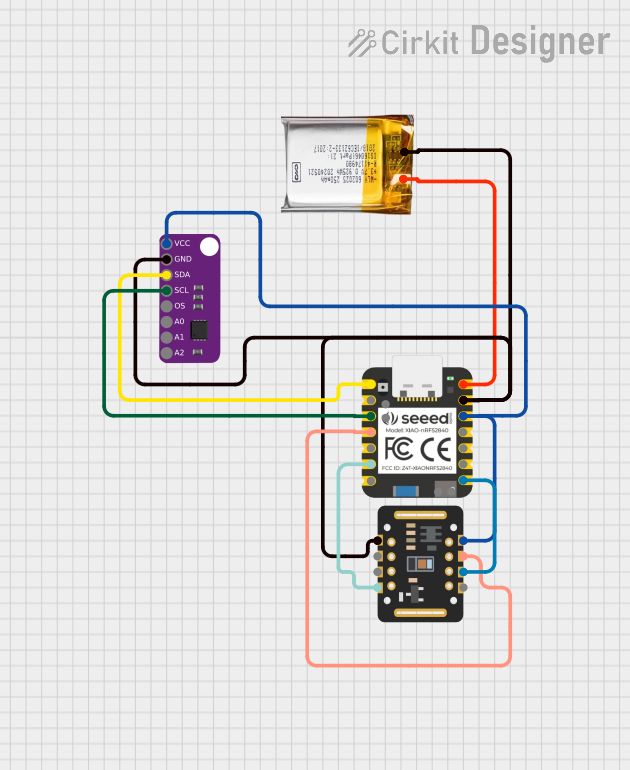
 Open Project in Cirkit Designer
Open Project in Cirkit Designer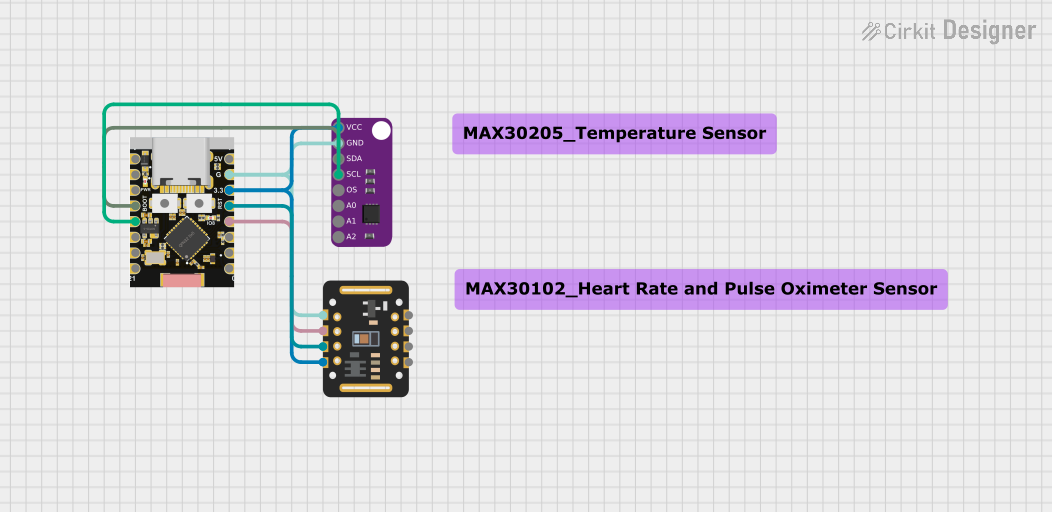
 Open Project in Cirkit Designer
Open Project in Cirkit Designer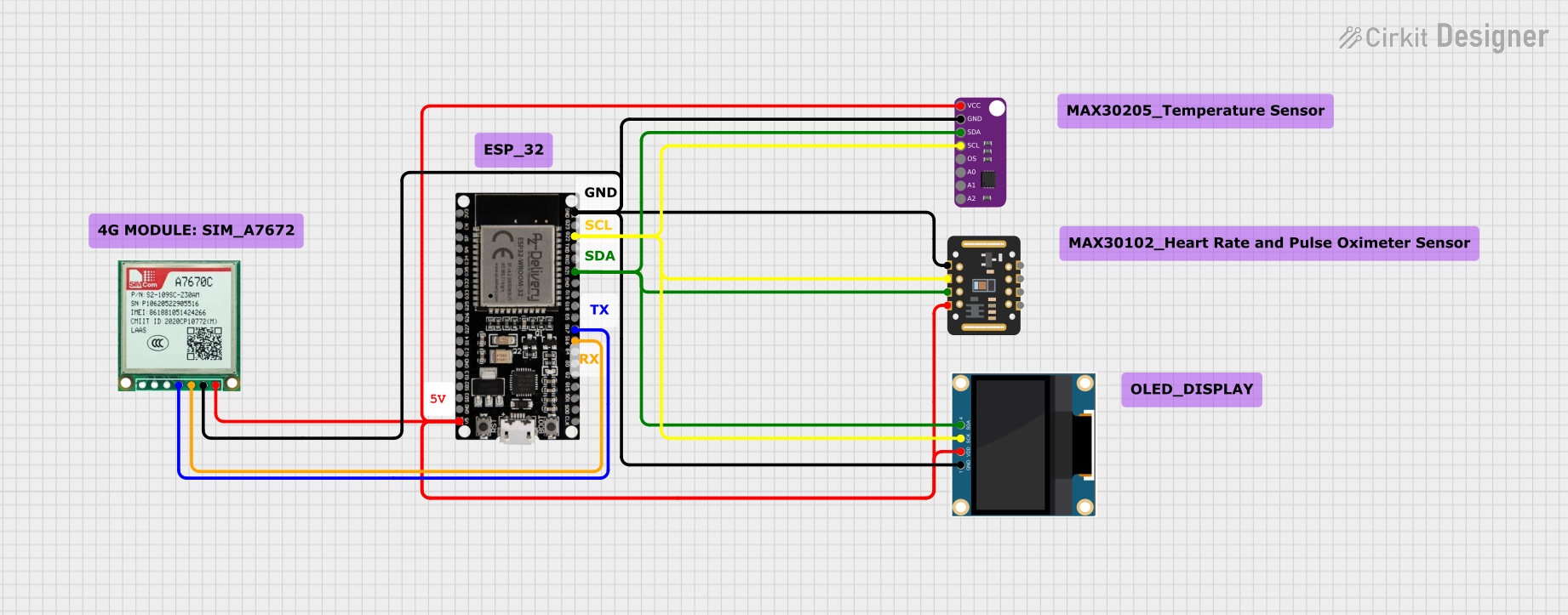
 Open Project in Cirkit Designer
Open Project in Cirkit DesignerExplore Projects Built with MAX30205

 Open Project in Cirkit Designer
Open Project in Cirkit Designer
 Open Project in Cirkit Designer
Open Project in Cirkit Designer
 Open Project in Cirkit Designer
Open Project in Cirkit Designer
 Open Project in Cirkit Designer
Open Project in Cirkit DesignerCommon Applications and Use Cases
- Wearable health monitoring devices
- Medical thermometers
- Environmental monitoring systems
- Industrial temperature sensing
- Portable electronics requiring temperature regulation
Technical Specifications
Key Technical Details
| Parameter | Value |
|---|---|
| Temperature Range | -40°C to +125°C |
| Temperature Resolution | 0.0625°C |
| Accuracy | ±0.1°C (37°C to 39°C) |
| Supply Voltage (VDD) | 2.7V to 3.6V |
| Communication Interface | I2C |
| Current Consumption | 600 µA (typical) |
| Shutdown Current | 0.1 µA (typical) |
| Package | 8-pin TDFN (3mm x 3mm) |
Pin Configuration and Descriptions
The MAX30205 is available in an 8-pin TDFN package. The pinout and descriptions are as follows:
| Pin Number | Pin Name | Description |
|---|---|---|
| 1 | SDA | Serial Data Line for I2C communication. |
| 2 | SCL | Serial Clock Line for I2C communication. |
| 3 | ALERT | Over-temperature alert output (active low, open-drain). |
| 4 | GND | Ground connection. |
| 5 | VDD | Power supply input (2.7V to 3.6V). |
| 6 | ADD0 | I2C address selection bit 0. |
| 7 | ADD1 | I2C address selection bit 1. |
| 8 | NC | No connection (leave unconnected or connect to GND). |
Usage Instructions
How to Use the MAX30205 in a Circuit
- Power Supply: Connect the VDD pin to a 3.3V power source and the GND pin to ground.
- I2C Communication: Connect the SDA and SCL pins to the corresponding I2C pins on your microcontroller. Use pull-up resistors (typically 4.7kΩ) on both SDA and SCL lines.
- Address Selection: Configure the I2C address by setting the ADD0 and ADD1 pins. These pins allow up to four unique I2C addresses.
- Alert Pin: If over-temperature alert functionality is required, connect the ALERT pin to your microcontroller or monitoring circuit. Use a pull-up resistor if necessary.
- Bypass Capacitor: Place a 0.1µF ceramic capacitor close to the VDD pin for power supply decoupling.
Important Considerations and Best Practices
- Ensure the I2C pull-up resistors are properly sized for your circuit to avoid communication issues.
- Avoid placing the sensor near heat-generating components to ensure accurate temperature readings.
- Use proper PCB layout techniques to minimize noise and interference on the I2C lines.
- If the sensor is used in a medical application, ensure it is properly calibrated for the target temperature range.
Example Code for Arduino UNO
The following example demonstrates how to interface the MAX30205 with an Arduino UNO to read temperature data.
#include <Wire.h> // Include the Wire library for I2C communication
#define MAX30205_ADDRESS 0x48 // Default I2C address of the MAX30205
void setup() {
Wire.begin(); // Initialize I2C communication
Serial.begin(9600); // Initialize serial communication for debugging
}
void loop() {
float temperature = readTemperature(); // Read temperature from the sensor
Serial.print("Temperature: ");
Serial.print(temperature);
Serial.println(" °C");
delay(1000); // Wait for 1 second before the next reading
}
float readTemperature() {
Wire.beginTransmission(MAX30205_ADDRESS); // Start communication with the sensor
Wire.write(0x00); // Point to the temperature register
Wire.endTransmission(false); // Send the request without releasing the I2C bus
Wire.requestFrom(MAX30205_ADDRESS, 2); // Request 2 bytes of temperature data
if (Wire.available() == 2) {
uint8_t msb = Wire.read(); // Read the most significant byte
uint8_t lsb = Wire.read(); // Read the least significant byte
int16_t rawTemperature = (msb << 8) | lsb; // Combine the two bytes
return rawTemperature * 0.00390625; // Convert to Celsius (0.0625°C per LSB)
} else {
return NAN; // Return NaN if data is not available
}
}
Troubleshooting and FAQs
Common Issues and Solutions
No Temperature Reading:
- Cause: Incorrect I2C wiring or address mismatch.
- Solution: Verify the SDA and SCL connections and ensure the I2C address matches the sensor's configuration.
Inaccurate Temperature Measurements:
- Cause: Sensor placed near heat sources or poor PCB layout.
- Solution: Relocate the sensor away from heat-generating components and ensure proper PCB design.
I2C Communication Errors:
- Cause: Missing or incorrect pull-up resistors on SDA and SCL lines.
- Solution: Add 4.7kΩ pull-up resistors to the SDA and SCL lines.
ALERT Pin Not Functioning:
- Cause: ALERT pin not connected or configured.
- Solution: Connect the ALERT pin to the microcontroller and configure the over-temperature threshold in the sensor's registers.
FAQs
Q: Can the MAX30205 operate at 5V?
A: No, the MAX30205 operates within a supply voltage range of 2.7V to 3.6V. Exceeding this range may damage the sensor.
Q: How do I set the over-temperature threshold?
A: The over-temperature threshold can be configured by writing to the sensor's over-temperature register via I2C. Refer to the MAX30205 datasheet for register details.
Q: Can I use the MAX30205 for body temperature measurement?
A: Yes, the MAX30205 is designed for high-accuracy temperature measurements and is suitable for medical applications, including body temperature monitoring.